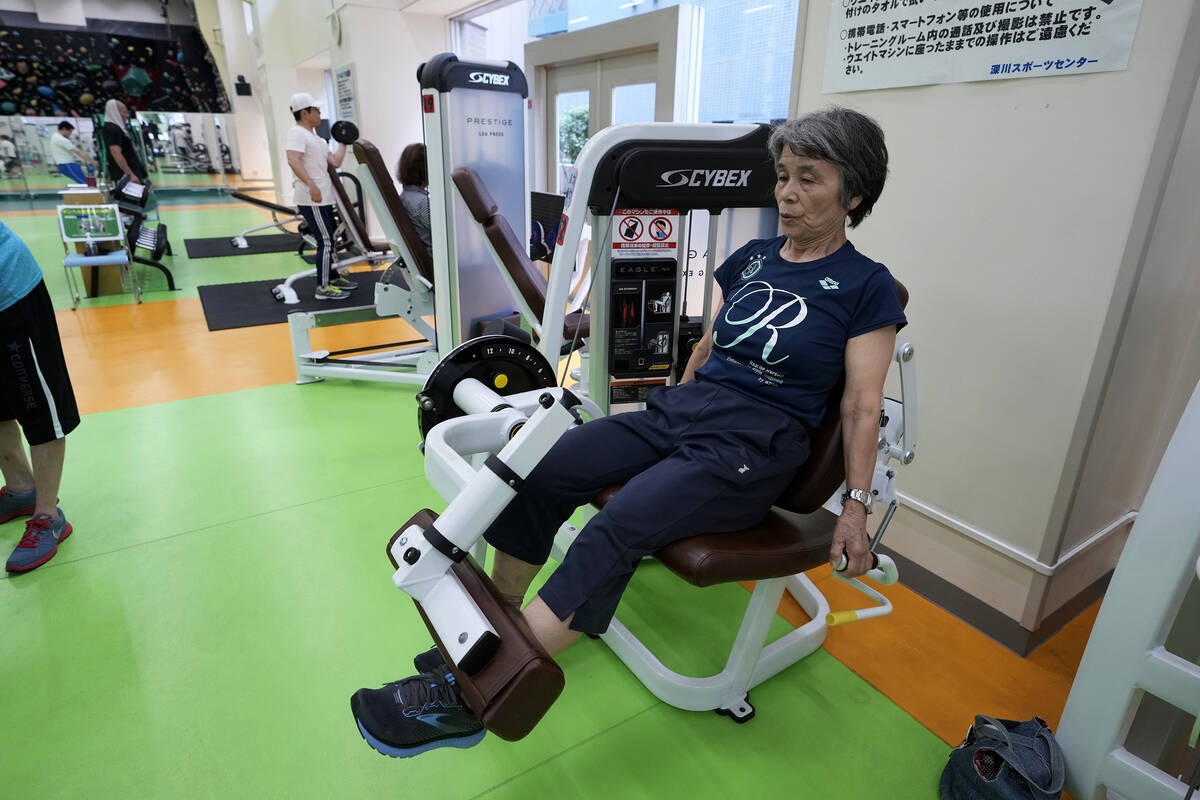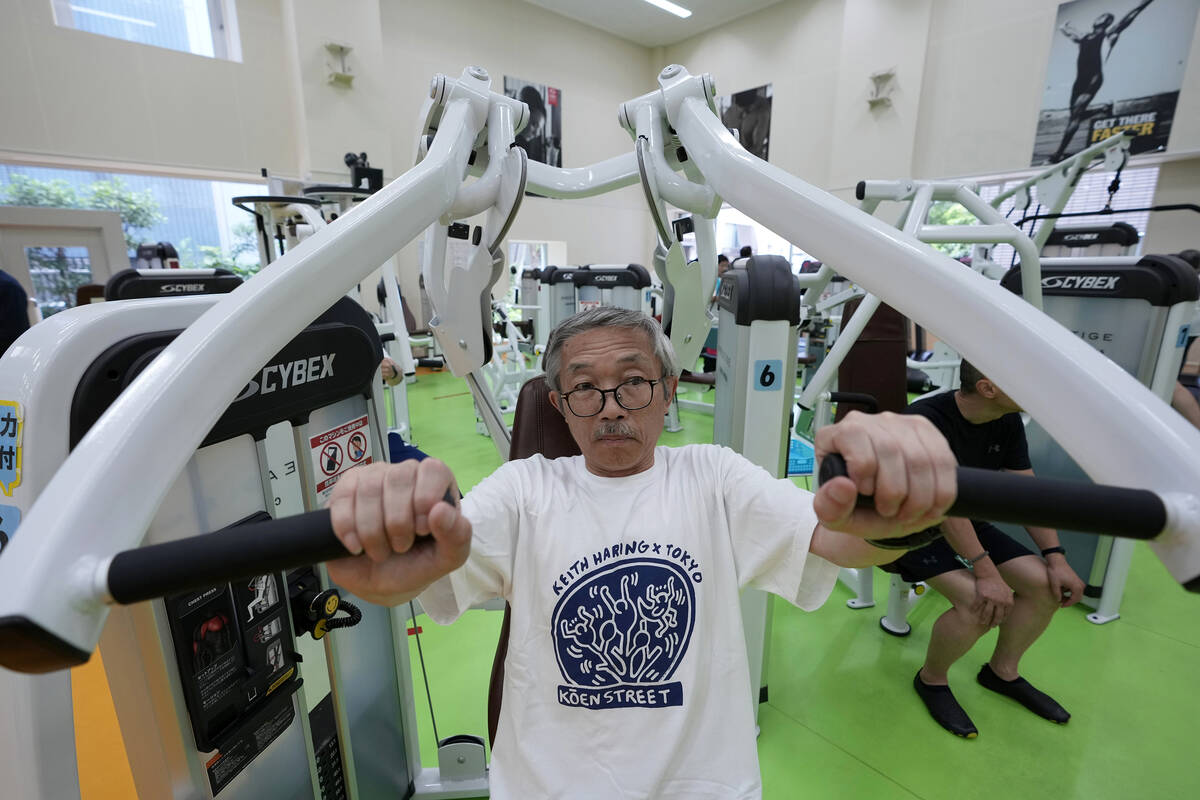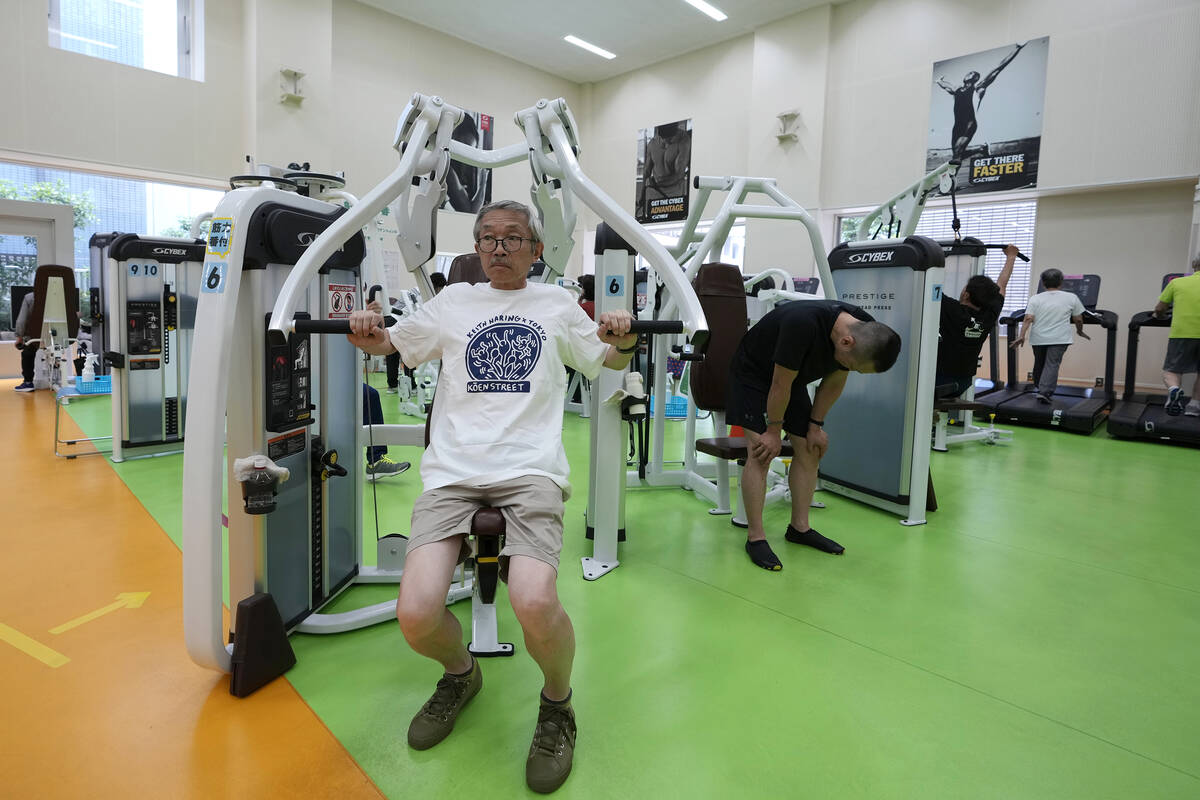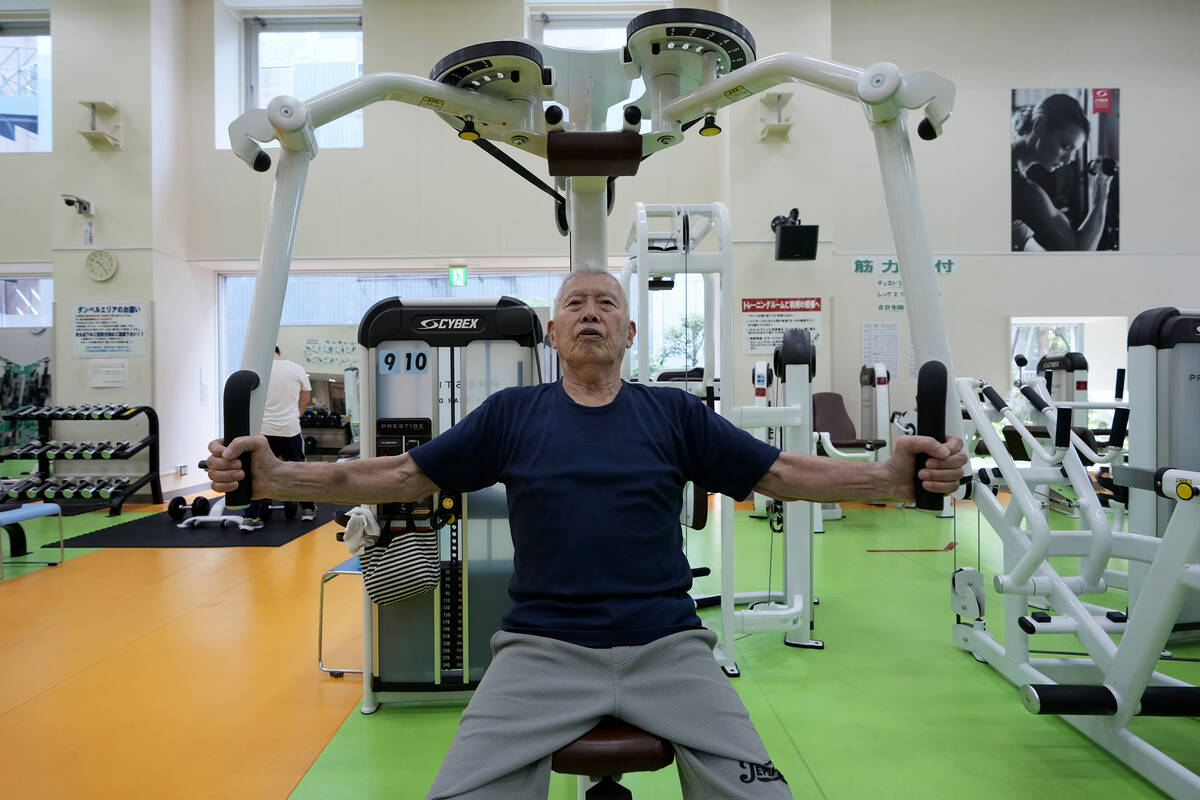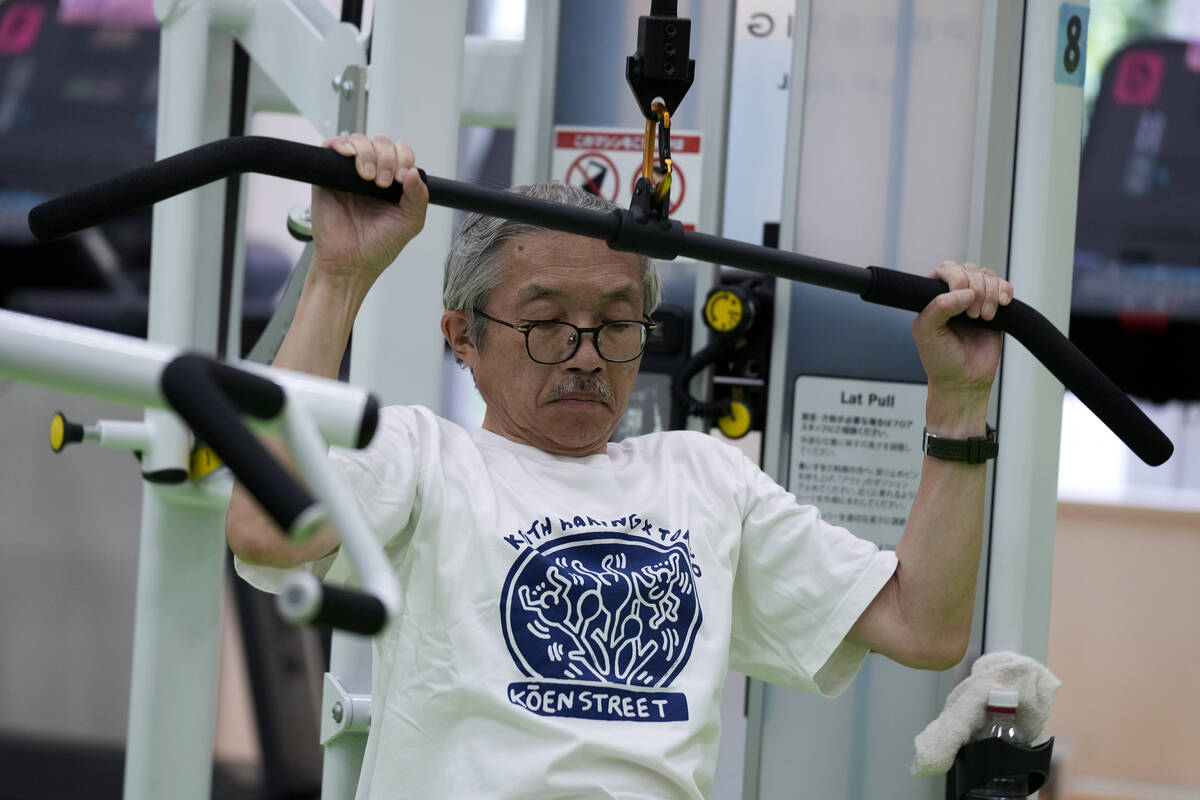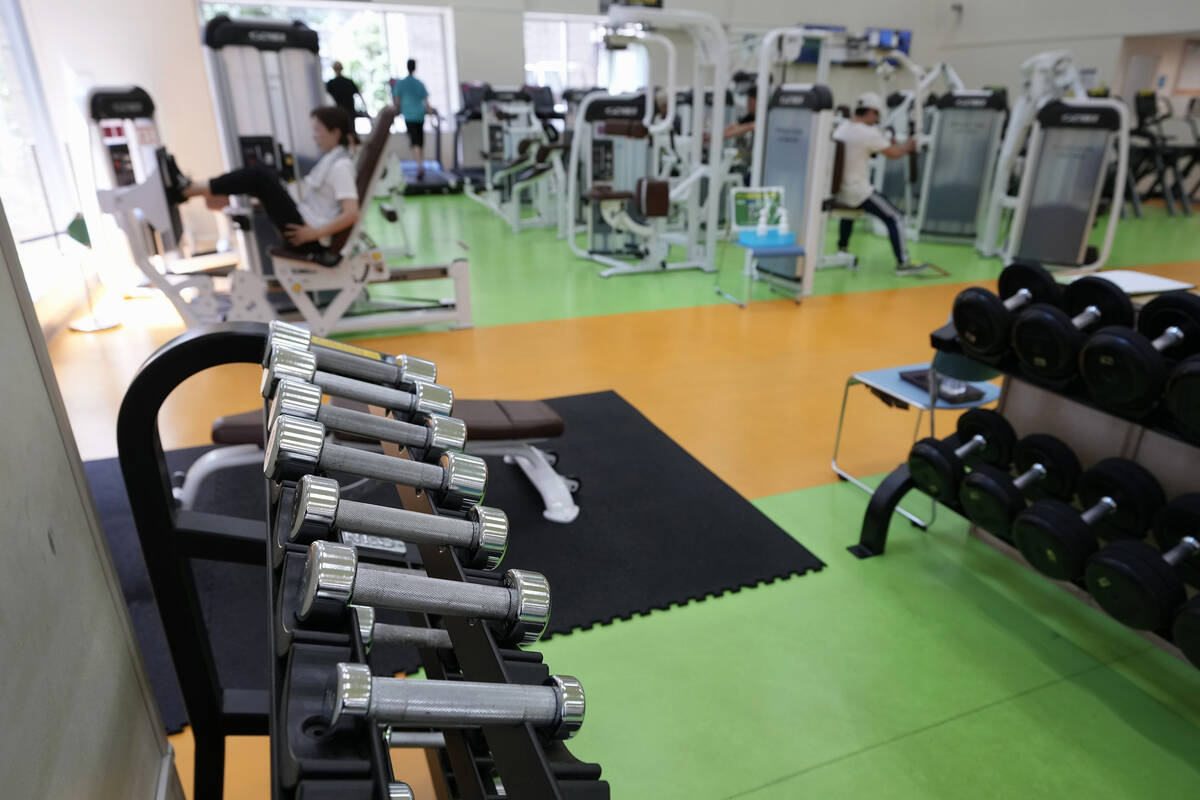This type of workout is touted as ‘fountain of youth’
Here’s the message from Dr. Marcas Bamman, a physiologist with decades of research into aging who preaches the benefits of weight-resistance training for those who are getting up there.
We’re talking 60-plus — women and men. And we’re talking about hitting the gym and weight training. Don’t be put off, Bamman says.
“Resistance training is in many ways the true fountain of youth,” Bamman says. “I like to say the fountain of youth is the water cooler in the gym.”
Of course, there are biological limits. But Bamman says the bulk of age-related decline in strength, flexibility and endurance is behavioral — putting too few demands on the body, not too many.
“When I tell somebody that in four to six months your strength and muscle mass and overall muscle function is going to elevate to the levels of people 30 to 35 years younger, that hits home,” he says.
So you know you’re too sedentary and the birthdays keep piling up. You suspect resistance training would be beneficial. But perhaps you’re intimidated. Don’t be.
Getting started
Check with medical professionals to make sure there are no health problems that stand in your way.
Then find a gym. Larger gyms offer a social component with things to do on a day off from weight training. And Bamman suggests getting a trainer.
“It’s actually quite safe, but it does require proper progression,” Bamman says. “You have to have a good instructor who can teach the movements properly.”
Bamman, a research scientist at the Florida Institute for Human &Machine Cognition, says that finding a fully qualified trainer can be tricky.
“We need more rigorous certification of trainers,” he says. “The problem is that you can go online tonight and pay $50 and get some certification as a trainer.”
Done in an hour
Bamman suggests resistance training twice a week. Three times is even better, and he recommends non-weight-training days in between. For instance, work out on Monday, Wednesday and Friday, and let Tuesday and Thursday be days of rest.
He suggests 10 different exercise movements — eight is sufficient. Do 10 repetitions of each movement. Do this three times, described as three sets. Then move on to the next movement.
When you reach the 10th repetition, you should feel you can’t do many more. If you could have done 10 more reps, you might want to increase the resistance.
Bamman says that machines are better for beginners, but free weights — barbells or dumbbells — may be more effective as you gain confidence.
Before the weights, start with a five-10 minute warmup — on the treadmill, stationary bike or elliptical machine — to get the blood flowing. You can add a few minutes on the mat for stretching and abdominal work.
Then come the weights.
“Sometimes you see people who sit on the machine, do a set and then play with their phone for three or four minutes,” Bamman says. “We like to keep them moving.”
Women may benefit more
Women may benefit from resistance training even more than men because it’s a way to fight osteoporosis, the loss of bone density.
“Women are on a disadvantaged trajectory for bone loss, particularly in susceptible areas such as the hips and lower back,” says Bamman, who completed his doctorate at the University of Florida College of Medicine.
“But the strength-training benefits for both sexes are really important. There are no sex differences in the ability to respond. In gaining muscle mass and strength in untrained people, men and women track the same.
Yasuko Kuroi is 72 and started resistance training about 20 years ago.
“I saw the men in the gym and thought I could do that, too,” she says, speaking at a municipal recreation center in Tokyo.
The body demands work
In a few words: Use it or lose it.
Bamman cautions against pampering yourself and criticized even health care professionals “who baby seniors.” Of course, common sense is required.
“Our human body is a demand-based system,” he explains. “If you chronically impart a low demand on the body, we have adaptations to low demand. That’s why we lose muscle mass, that’s why we get weaker. We’re not demanding much.”
“But if you put high demands on the system — like resistance training — now the body has to adapt to these higher demands. The body says: ‘To adapt to these new demands I’ve got to make my bones stronger. I’ve got to make my muscles bigger.”
Bamman used the example of space flight, or extended bed rest, where people rapidly lose strength.
“Bed rest or space flight is essentially expedited aging,” he says. “All of our systems as we age are capable of responding and adapting. They just need the stimulus.” He points out that he’s seen positive effects for people in their 70s and 80s, and even for some in their 90s.
Bamman is 57 and jokes that he’s getting “closer in age to the people I study.” He also emphasizes that there are no shortcuts.
“These programs that roll out for older adults — seated exercises and the like. This is gimmicky and they don’t impart enough demands on the body,” he says.




